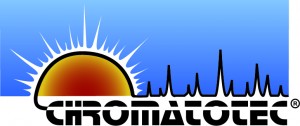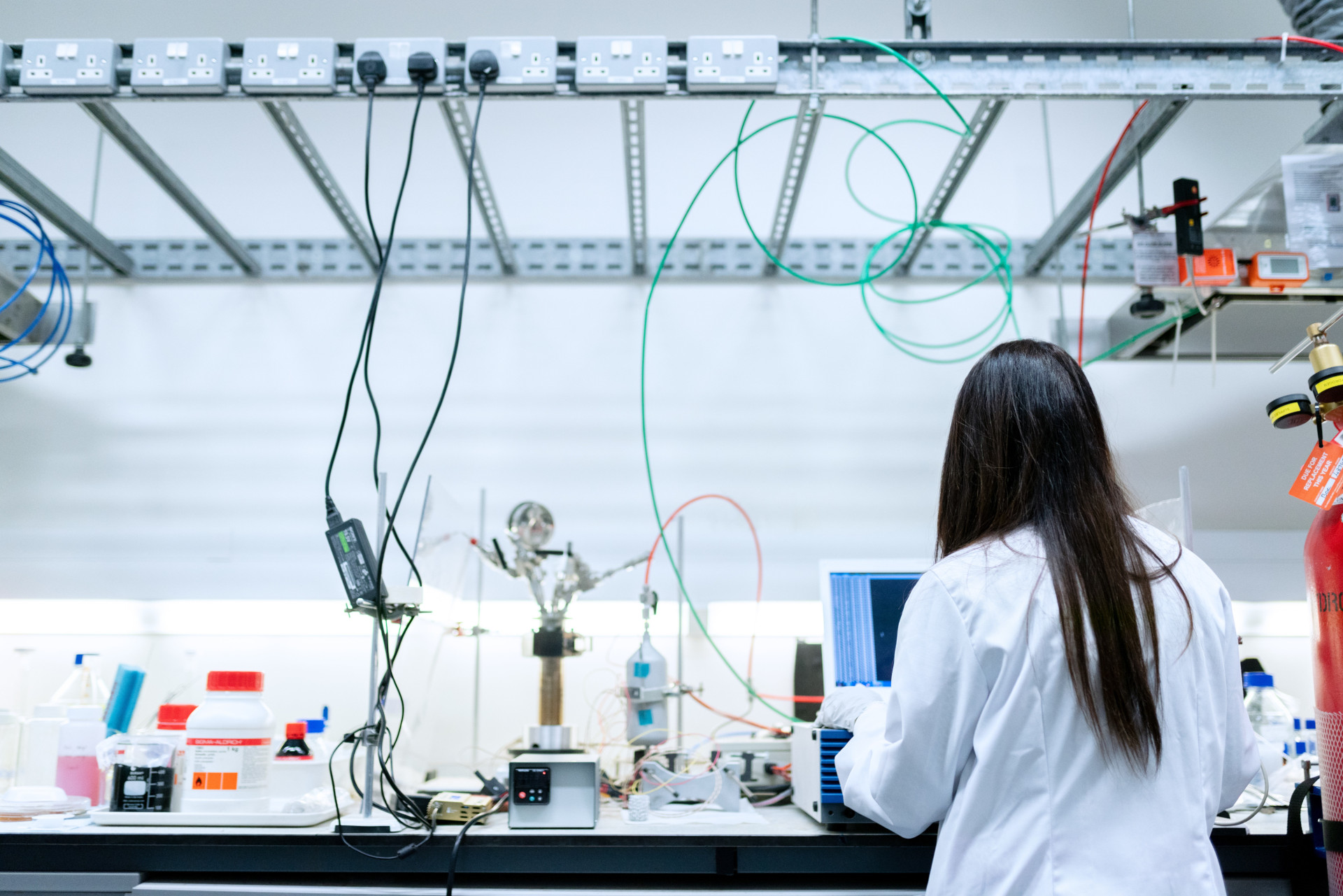Effective monitoring of filtering and purification systems, including Odor Control Units (OCUs), is essential to ensure optimal performance and compliance with environmental standards. Chromatotec® offers advanced online analytical solutions designed to provide continuous, real-time analysis from the inlet to the outlet of these systems.
Comprehensive Monitoring Solutions
Our state-of-the-art instruments, such as the ChromaTHC, are engineered to detect and quantify methane (CH₄) and non-methane total hydrocarbons (nmTHC) with exceptional precision. These fully automated, wall-mounted analyzers utilize Gas Chromatography (GC) with Flame Ionization Detection (FID) to deliver accurate measurements ranging from parts per billion (ppb) to parts per million (ppm) within a rapid two-minute cycle time.
Key Features:
- Real-Time Analysis: Continuous monitoring enables immediate detection of any deviations, ensuring timely interventions.
- High Sensitivity: Capable of detecting low concentrations of hydrocarbons, crucial for maintaining air quality and adhering to regulatory requirements.
- Integrated Design: Equipped with an embedded computer and internal generators for zero air and hydrogen, facilitating autonomous operation without the need for external gas supplies.
- Automatic Calibration: Features an internal calibration system with a permeation tube, providing automatic data validation and ensuring consistent accuracy.
- Remote Monitoring: Optional 3G/4G modem allows for data transmission and automatic alerts via SMS, notifying operators when maintenance, such as filter replacement, is required.
Applications in Odor Control Units (OCUs)
In OCUs, precise monitoring of odorous compounds is vital for effective odor management. Our analyzers are adept at measuring volatile organic compounds (VOCs) and sulfur compounds, which are primary contributors to industrial odors. By implementing Chromatotec® solutions, facilities can achieve:
- Enhanced Odor Management: Accurate detection and quantification of odorous compounds enable better control strategies.
- Regulatory Compliance: Continuous monitoring ensures adherence to environmental regulations concerning emissions and air quality.
- Operational Efficiency: Real-time data facilitates proactive maintenance, reducing downtime and operational costs.





